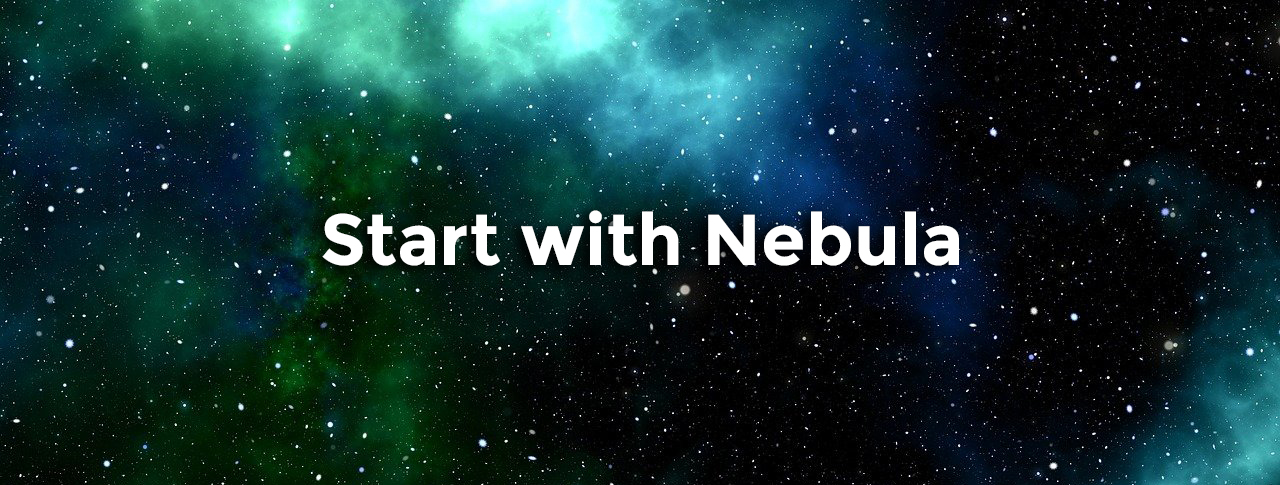- Artificial Intelligence (AI) – Technology that enables machines to mimic human intelligence.
- Machine Learning (ML) – A method where computers learn from data to make decisions or predictions.
- Neural Network – A computer system modeled after the human brain, used in AI to recognize patterns.
- Deep Learning – A type of ML using complex neural networks for tasks like image and speech recognition.
- Model – A program trained to perform specific tasks, like generating text or images.
- Training Data – Information used to teach an AI model how to perform tasks.
- Prompt – A user’s input or question that guides the AI’s response.
- Token – A piece of text (like a word or part of a word) used in AI processing.
- Natural Language Processing (NLP) – AI that understands and generates human language.
- Text Generation – Creating written content using AI based on a prompt.
- Image Generation – Creating pictures or artwork using AI.
- Chatbot – An AI program that simulates conversation with users.
- Large Language Model (LLM) – A powerful AI trained on vast amounts of text to understand and generate language.
- Fine-Tuning – Adjusting an AI model to perform better on specific tasks.
- Bias – Unfair or inaccurate results caused by flawed training data.
- Hallucination – When AI generates false or misleading information.
- Ethics – Moral principles guiding responsible use of AI.
- OpenAI – A leading company in generative AI research and development.
- Inference – The process of an AI model making predictions or generating content.
- Multimodal AI – AI that can understand and generate across different types of data (e.g., text, images, audio).
back to the beginning…

 Network Institute
Network Institute

